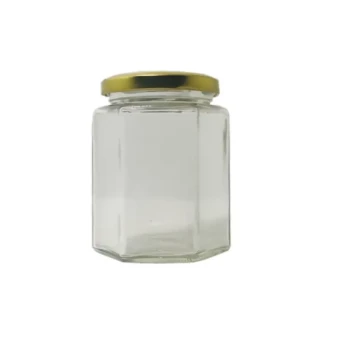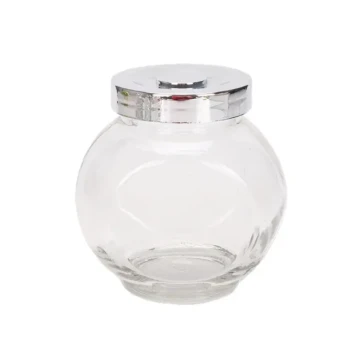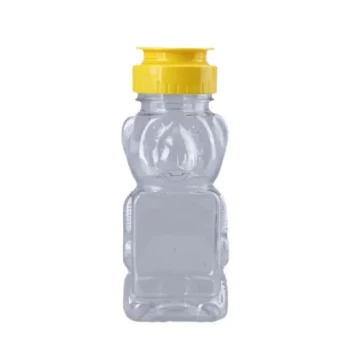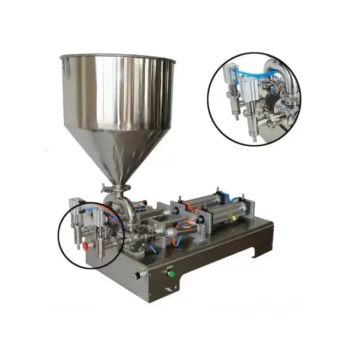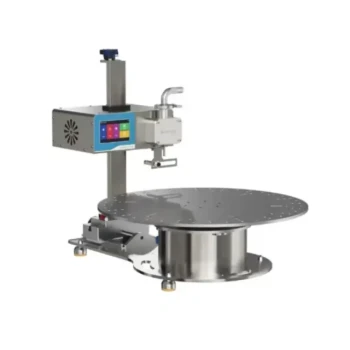The most critical precautions for packing honey involve three distinct areas: selecting the right food-safe container with an airtight seal, maintaining strict personal and environmental hygiene during the process, and controlling the storage environment to prevent degradation from heat and light.
Your goal is not merely to contain the honey, but to preserve its unique chemical stability. This requires protecting it from contamination, moisture, temperature fluctuations, and light exposure from the moment it leaves the hive.
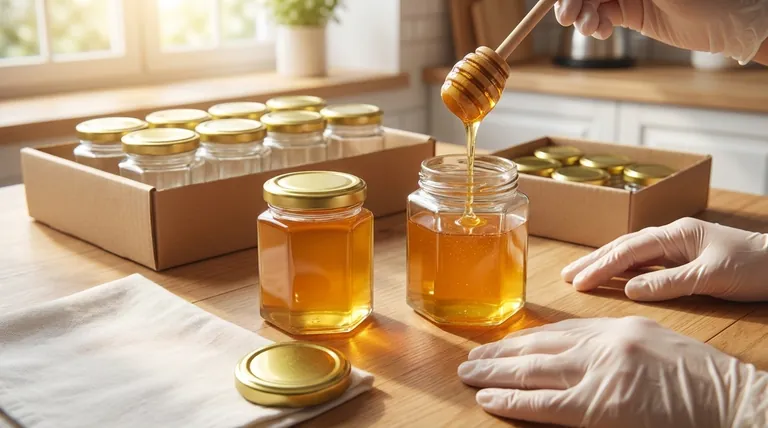
Choosing the Right Container
The container is your first line of defense in preserving honey's quality. Its material and seal are paramount.
Glass: The Gold Standard
Glass is the preferred material for retailing pure honey. It is inert, meaning it won't react with the honey or impart any unwanted flavors.
Clear glass showcases the honey's color and clarity, while opaque or colored glass provides additional protection from light.
Food-Grade Plastic or Coated Metal
Food-grade plastic is a common and practical alternative to glass. For bulk quantities, metal containers are suitable, but they must be coated with a material appropriate for contact with acidic foods like honey.
The Critical Role of the Lid
The container must have a secure, airtight lid. This is non-negotiable, as it prevents moisture absorption and contamination.
For glass jars, screw-top lids provide the most secure and reliable seal.
Protecting Honey from Environmental Factors
Once packed, the honey's environment determines its long-term stability. Improper storage can quickly ruin a perfect batch.
The Threat of Temperature
Store packed honey between 65°F and 75°F (18°C to 24°C). Temperature extremes during shipping or storage can degrade its quality and encourage fermentation.
The Impact of Sunlight
Direct sunlight must be avoided. UV rays can degrade the enzymes and delicate flavors within the honey over time.
Storing containers in a dark place or using opaque packaging provides the necessary protection.
Upholding Hygiene and Preventing Contamination
Honey is a food product. The standards for cleanliness during extraction and packing must be exceptionally high to ensure safety and quality.
Maintain a Clean Workspace
Your extraction and packing area must be meticulously clean and free of dust, dirt, or other contaminants.
Personal Hygiene is Paramount
Always work with clean hands and trimmed fingernails. Tie back long hair to prevent it from falling into the honey.
Refrain from activities like smoking that can introduce foreign particles or odors into the work area.
Common Pitfalls and Biosecurity Risks
A common mistake is focusing only on the jar itself while ignoring the broader context of honey handling. This can compromise your product and even harm local bee populations.
Assuming All Honey is Safe for Bees
Never feed bees honey from an unknown source, such as a supermarket or another beekeeper. It can contain spores of American foulbrood disease.
While this isn't a direct risk to human consumers, spreading this disease can devastate your hives and those of beekeepers around you. This is a critical point of biosecurity.
Neglecting Post-Packing Conditions
Your responsibility does not end once the lid is on. Ensure that your honey remains in a stable, cool, and dark environment during transport and retail display to deliver the best possible product.
A Checklist for Safe Honey Packing
- If you are a hobbyist selling at a local market: Prioritize glass jars with new screw-top lids to convey quality and ensure a perfect seal.
- If you are storing honey for the long term: Use airtight containers and store them in a dark, temperature-stable location like a pantry or cellar.
- If you are handling honey for any purpose: Treat hygiene as a top priority to prevent contamination of the product and protect the health of all bee colonies.
Ultimately, treating honey with care at every step ensures the final product is as pure and delicious as it was in the hive.
Summary Table:
| Precaution Area | Key Action | Why It Matters |
|---|---|---|
| Container Selection | Use airtight, food-safe glass or coated metal containers. | Prevents contamination, moisture absorption, and flavor transfer. |
| Environmental Control | Store at 65°F–75°F (18°C–24°C) away from light. | Protects honey from heat degradation and UV damage. |
| Hygiene Practices | Maintain clean workspace, personal hygiene, and avoid cross-contamination. | Ensures food safety and prevents spoilage. |
| Biosecurity | Never feed bees honey from unknown sources to avoid disease spread. | Safeguards local bee populations from American foulbrood. |
Need reliable, high-quality beekeeping supplies for safe honey packing? HONESTBEE supplies commercial apiaries and distributors with wholesale-focused equipment—from food-grade containers to hygiene gear. Ensure your honey’s purity and extend its shelf life with our trusted products. Contact us today to discuss your bulk supply needs!
Visual Guide
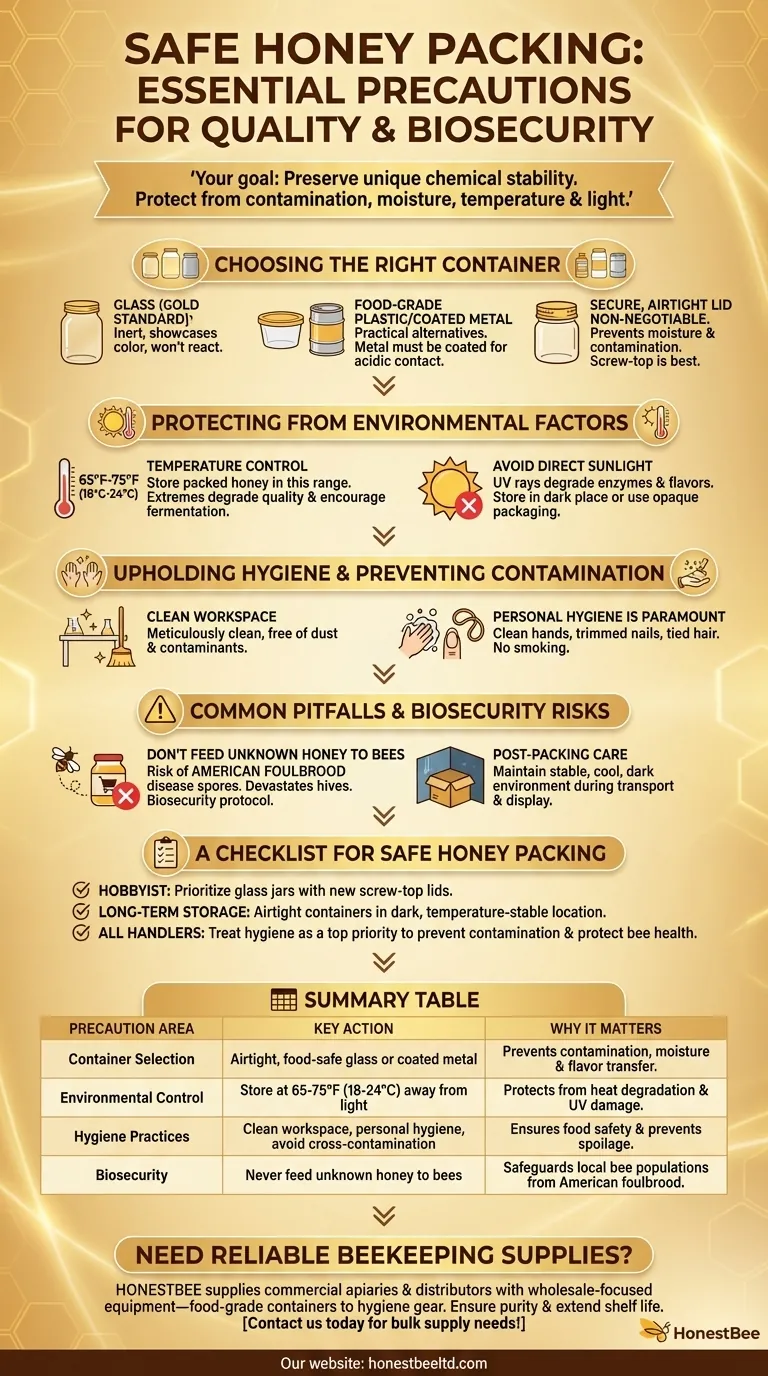
Related Products
- Hexagonal Glass Honey Jars with Metal Lug Caps Elegant Versatile Packaging
- Classic Drum Shaped Glass Honey Jar with Airtight Lid
- Classic Honey Bear Jars with Flip Top Dispensing Cap for Liquid Sweeteners
- Inverted Squeezable Honey Jar with No Drip Flip Top Cap for Easy Pouring
- Pneumatic Double Nozzle Honey Filling Bottling Packaging Machine
People Also Ask
- What is the term for honey can absorb moisture from the air? Understanding Hygroscopy
- How should honey be stored and packaged? Preserve Flavor & Quality with Proper Containers
- What are the advantages of using glass jars for honey packaging? Preserve Purity & Elevate Your Brand
- How many jars of honey do you get from a hive? Unlock Sustainable Harvesting Secrets
- What are the common types of honey packaging? A Guide to Glass, Plastic, Pouches & Tins
